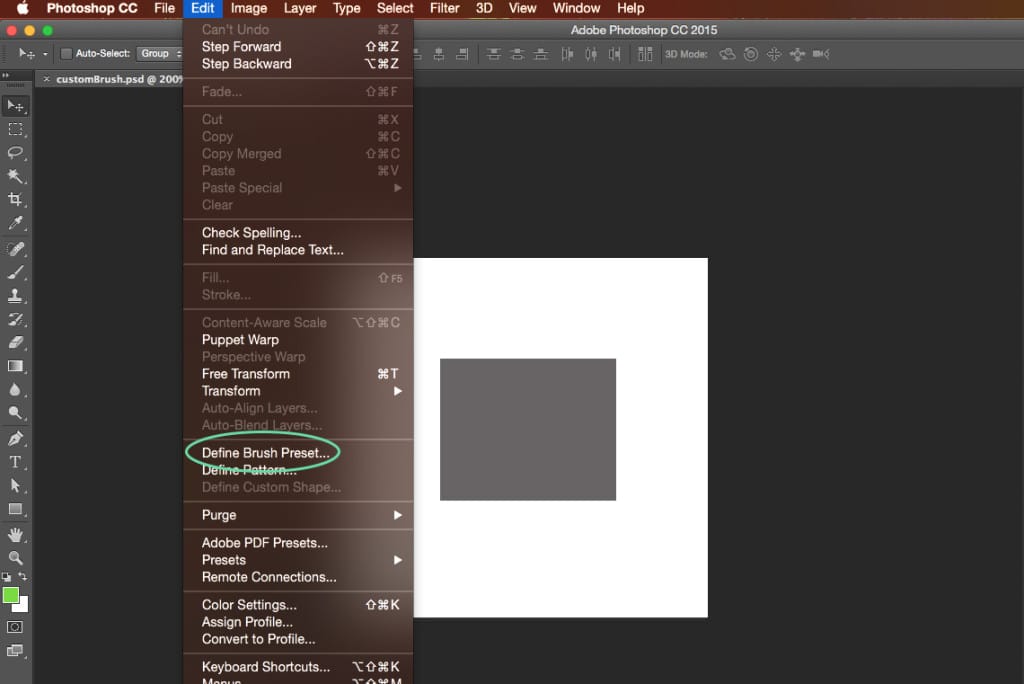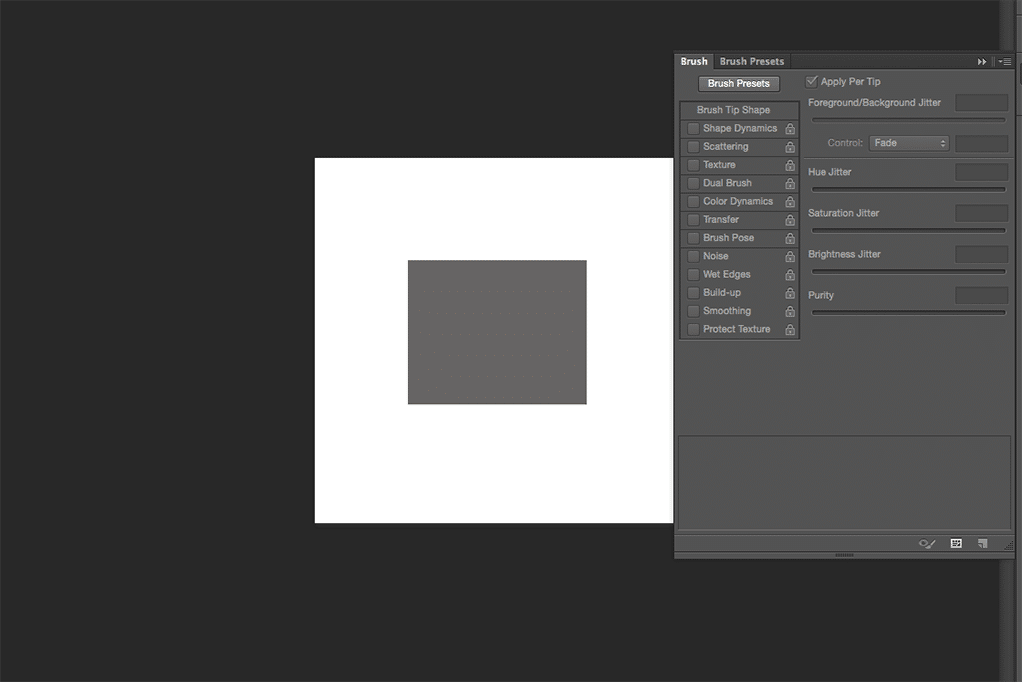How to Create a Custom Photoshop Brush
Photoshop offers a wide variety of brushes to help you create textures in your work. But every now and then, you might just want something a little different. And not just a pattern that fills in a shape, but something you can actually draw with and fluidly move.
That’s why Photoshop has an easy way to create your own custom brush. In these four simple steps, you’ll have your own unique brush to create a masterpiece with!
1. Set up Your Document
The document size is pretty flexible. Make sure it’s big enough to hold the entire brush, but keep in mind that you won’t need a ton of extra room. For this tutorial, I’ll be using a 200 px by 200 px document.
*Note: Since you’re using Photoshop, you’re working in pixels. Scaling your brush size down will look just fine, but if you need to enlarge it later on, it might start to look pixelated. To avoid any problems, create your brush at the largest size you think you’ll need it.
2. Create Your Brush
There aren’t really any rules here – your brush can consist of lines, shapes, various opacities….basically whatever you need it to be. Just keep the color to black; once the brush preset is created, you can change the color later.
I’m going to keep it simple, and show you some of the things we can do with a rectangle at 50% opacity.

3. Create the Brush Preset
Once you’re finished with your design, go to Edit > Define Brush Preset…

All you have to do is name your brush, and then your preset will be created! Photoshop will automatically switch to the brush tool so you can start using it right away.
4. Play with Your Options
If you’re happy with how the brush turned out, then feel free to skip this step and get straight to creating! But if you’re looking for further customizations, go to Window > Brush.

In this panel, you’ll see lots of options to customize your brush. The best part is that it also offers a live preview (that image at the bottom of the panel) so you can see exactly what’s changing with each setting.
In this tutorial, we won’t go through each and every setting, but I will show you some of my favorite options.
Brush Tip Shape
These are the initial options you should walk through with your brush. You can change the size, angle, roundness or hardness, and spacing. That last option, spacing, controls how far apart each “stamp” of the brush is from the next. In the image below, the top brush has 1% spacing, while the bottom has 500%.

Shape Dynamics
These settings will help make your brush look more sporadic by giving you control over the jitter, AKA randomness of each stamp. You can change the size, angle, and roundness, to accomplish brushes like this:

Scattering
Scattering does exactly what it sounds like: it scatters your brush over a larger area. Notice how up until now, the brush only drew exactly where you drew. With scattering, even if you draw a straight line, you can get a result like this:

Dual Brush
The Dual Brush options allow you to combine effects between two brushes. It can take some trial and error to get the second brush to line up exactly how you want with the first, but once you play around with it, you can create some really neat textures using these settings.

And that’s it! The ability to create your own custom Photoshop brush can save you a lot of time designing and help you create some beautiful textures for you work. What are some of your favorite brushes to use?












